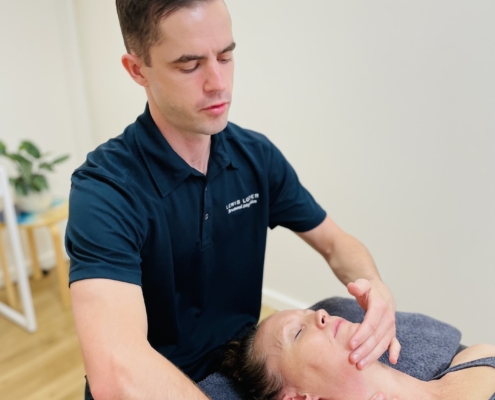Structural Integration
Anatomy Trains Structural Integration is a form of bodywork (to work with the body) and springs from the pioneering work of Dr Ida Rolf and has been developed by Thomas Myers.
Anatomy Trains Structural Integration (ATSI) is evidence informed and treats postural patterns, as well as chronic pain and movement dysfunction with soft tissue treatment specific to the individual based on detailed evaluations and assessments, often resulting in greater vitality and resilience.
Research has shown that Structural Integration significantly reduces chronic stress and changes the body structure in gravity, often resulting in reduced pain symptoms and dependence on medication. These manual therapy sessions can be delivered as a one off session, a 3 series or a full 12 series. The recipe is based around the Anatomy Trains Myofascial meridians concepts.
ATSI consists of a multi-session protocol (usually 12) of deep, slow fascial and myofascial manipulation, coupled with movement re-education. The design of ATSI is to unwind the strain patterns residing in your body’s loco motor system, restoring it to its natural balance, alignment, length, and ease.
Most of us have collected extra tension through the course of our lives, either from injury or surgery, imitation of our parents or heroes, from our repetitive activities, or attitudes we’ve acquired along the way. These injuries and tensions form a pattern in our bodies.
These patterns become written into our muscular tensions, or skeletal form, and into the tissues that go between: the connective tissues.
The Anatomy Trains SI approach is to free the binding and shortening in these connective tissues, what we refer to as the “fascial network”, and to re-educate the body in efficient and energy-sustaining patterns.


